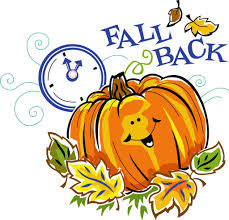
Remember to reset your clocks! Daylight Saving Time ends at 2 a.m. Nov. 3, so set your watch back by one hour and enjoy an extra hour of sleep.
The twice a year time change is meant to deliver more daylight in the morning during the fall and winter seasons and more daylight in the evening during the spring and summer, helping us make the most of the sunlight while we’re awake. This shift can benefit us in several ways, including economic advantages, energy conservation, and allowing more daylight for outdoor activities.
You might have heard that Daylight Saving Time was designed to help farmers, especially with Oxford’s prominent agricultural community, but that’s actually a myth! In fact, many farmers have historically opposed the time change. Here’s why:
When the clocks jump forward in March, marking the start of spring, the mornings become darker, which makes it harder for farmers to get started on their early morning tasks. Livestock, like cows, don’t easily adjust to the new time, and activities like milking can be thrown off schedule. Plus, farmers rely on the early morning sun for tasks like plowing and planting, which are best done with the morning dew. The later sunrise caused by DayLight Savings can delay these activities.
While Miami students will likely enjoy the extra hour of sleep that comes with the fall time change, farmers in the Oxford area might feel differently. They’ll get a brief benefit of more morning light in November, but come March, when most of the farming is done, the clocks will jump forward again, bringing back those early morning challenges for our local growers.
— Lily Schlobohm







